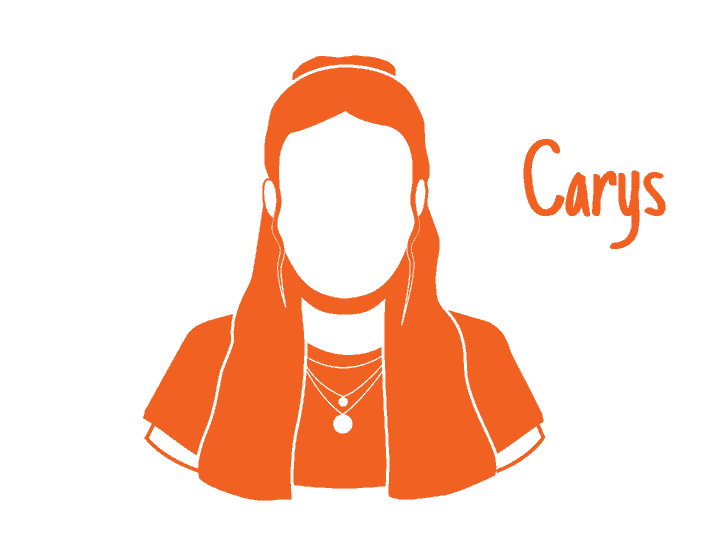Within the GT3 Consultancy team, we do a lot of research and analysis throughout the lifecycle of our projects, with a particular focus on how people & end-users interact with the spaces we design. Our People Architecture approach means our primary aim (on any project typology) is to ensure our designs are inclusive, welcoming and usable to a wide variety of users. Sometimes this can include finding new and interesting ways in which our workplace consulting team and our leisure expertise can cross over…
Most recently, I’ve been looking at how the concept of ‘Prospect and Refuge’ can help make our workplace designs more inclusive and welcoming, both at a cultural level and in supporting individual productivity and wellbeing.
For example:
A key trend that’s come up throughout recent engagement processes, is that office workers with more introverted personalities tend to prefer a desk that feels tucked away, and can’t be overlooked. Other workers prioritise areas which give them the best vantage point over what’s going on in the space around them.
Both of these are examples of an Environmental Psychology concept known as ‘Prospect and Refuge’.
To understand prospect and refuge we have to think back to the ancestral environment; imagine a time when you are regularly being chased by sabre-toothed tigers and angry people armed with clubs… you are likely to put a lot of care into choosing the safest place to rest for the night!
In this scenario, a cosy cave halfway up a mountain is likely to be more appealing than a bed in an open field. The height of your new cavernous home offers an expansive view of the savannah, meaning you spot any approaching tigers long before danger hits. This is what geographer Jay Appleton termed ‘Prospect’, i.e “providing you with clear lines of sight to your surroundings”.
Meanwhile, the mountain behind your cave protects your back (meaning no angry people with clubs can sneak up behind you without you knowing!). This is ‘Refuge’, i.e. “limiting the direction from which you can be seen or approached”, therefore making lookout duties easier.

Image Credit: The Experience of Prospect and Refuge: Frank Lloyd Wright’s Houses as Holding Environments by J. K. Ochsner
The jump from the ancestral environment to the modern environment is a big one, but the preference for prospect and refuge still remains clear. Many people, for example, prefer to work at a desk with their back to a wall rather than to the rest of the office. Similarly, a seat in a meeting room with your back to the door might make you less relaxed than when you’re positioned at the opposite side of the table. Seats that provide both prospect and refuge, or “ninja-proof seats” as Environmental Psychologist Lily Bernheimer calls them, not only make us feel relaxed, but can actually improve productivity.
When working from ninja proof seats we demonstrate increased cognitive performance and better concentration. However, there is some data to suggest that different people – and different personalities – are more affected by these environmental conditions than others.
This means that, at worst, providing prospect and refuge options will maintain a certain level of environmental satisfaction, and at best can greatly increase it.
The principles of prospect and refuge can be applied beyond the workplace too. Providing protected refuge spots in gyms can help users feel more confident and reduce barriers to participation – if you’re less anxious about feeling watched, you’re far more likely to put 100% into your workout (and get there in the first place!). Similarly, these principles can be applied to café spaces to ensure all the available settings are well used and comfortable, limiting feelings of being overlooked and increasing relaxation.
Knowing why we have innate preferences for certain types of space can not only help us design better environments, but can also help our clients make sure they get the most out of their people, places and processes.
